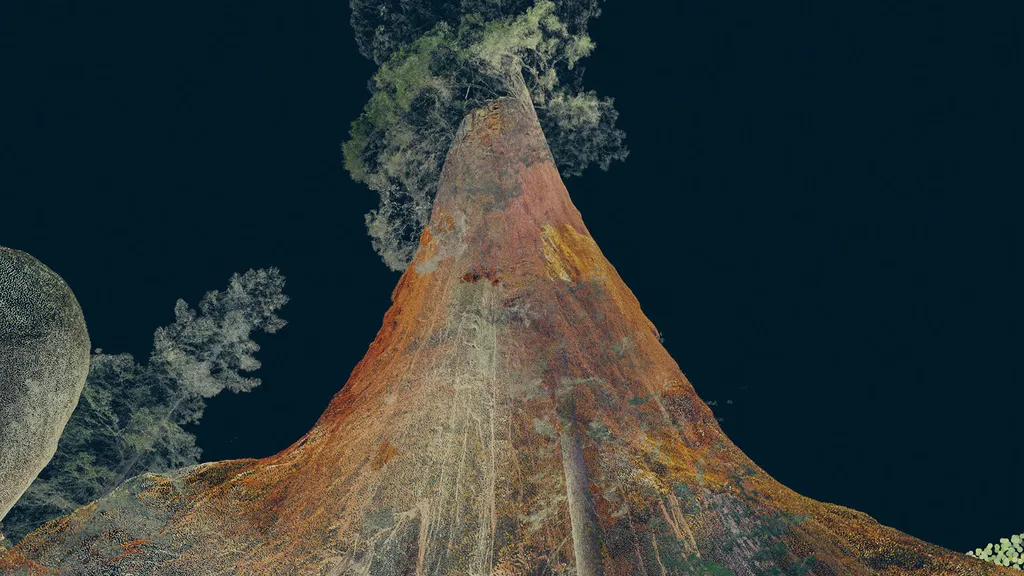One of the more iconic images to come out of Tribeca Immersive was a shot of two women, one wearing a headset, embracing as part of an experience called “Draw Me Close.” The experience was one of several at the festival that involved using touch and smell to augment what was happening inside the headset, and is likely a harbinger of a broader trend for VR — the idea that we need to incorporate all of our senses in order to have a truly immersive experience.
In the last year, the haptic market has grown exponentially, with products like Subpac (a haptic backpack) maturing and a DIY maker spirit leading indie VR shops to cobble together their own haptics for experiences. Haptic chairs are now common for some driving experiences, and I’ve seen a few flight experiences wHere the user lies face down while suspended and is moved through space. Still, all this pales in comparison to what can be done in the future, especially when we think about involving human touch in experiences.
Several months before Tribeca I tried an experience called Flock at Future of Storytelling in New York. Participants wore headsets and sensors on their wrists and ankles, and were birds interacting with other birds in the virtual world. It’s hard to explain, but it was stunning and peaceful in a way I had never experienced, and I could walk into the co-workers I was with and other strangers with remarkable ease and lightness.
https://www.youtube.com/watch?v=nvMhsyEAJ2I
VR often gets a bad rap for being isolating, but if it is combined with touch it could wind up being the most intimate medium of all. Of course, it goes without saying that all touch in the virtual (and physical, for that matter) worlds should be consensual and appropriate — but once that’s in place, really interesting things can start to happen.
The idea of not being able to see who is touching you is thrilling in a way, and can serve to both heighten intimacy as well as make scary VR pieces even more frightening. A monster grabbing you in VR is one thing, but someone grabbing you physically at the exact same time the monster grabs you virtually can bring the terror up another level.
The VR-as-empathy-machine trope is over and done at this point, but that doesn’t mean there isn’t room to create positive social change using touch based VR experiences. In a situation like Flock, for instance, it could be used to break down prejudices and barriers, by interacting with people as neutral objects first, it can lead participants to be more open-minded when interacting in the real world.
And no discussion of VR and touch can be complete without mentioning VR porn and the endless possibilities for physical contact there. It’s truly surprising we haven’t seen an explosion of headset connected sex toys hit the market yet.
Most important, touch in VR will bring us closer to the mixed reality world that many are now predicting. Even if the headsets are consuming two senses, the other three are still active and ready to be engaged.
Cortney Harding is a contributing columnist covering the intersection of VR and media. This column is an editorial product of TVREV, produced in partnership with Vertebrae, the native VR/AR ad platform.


























